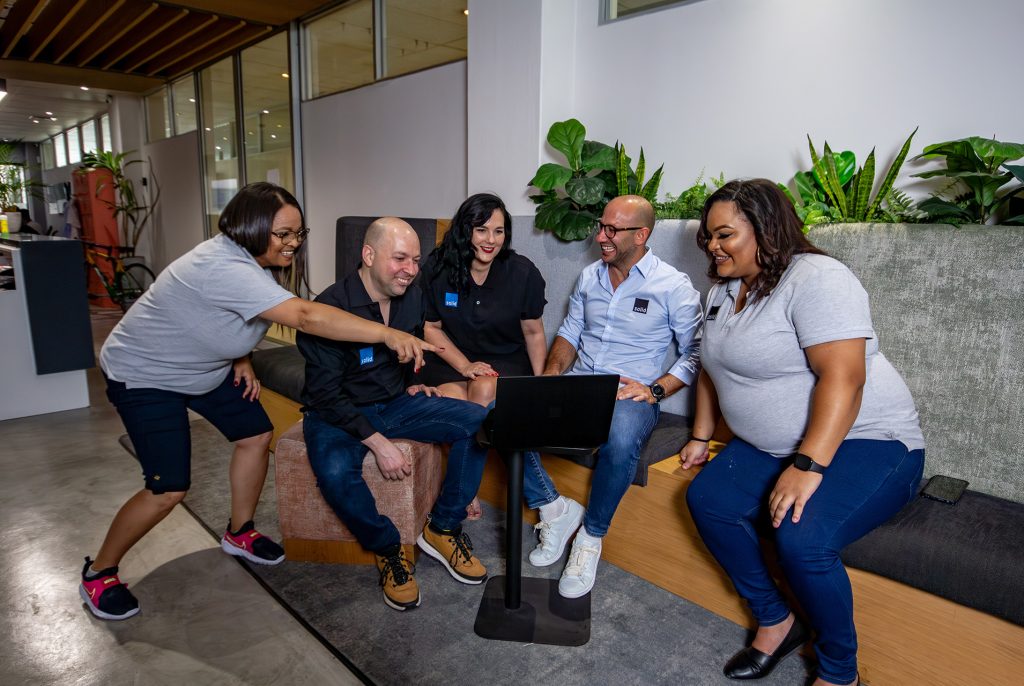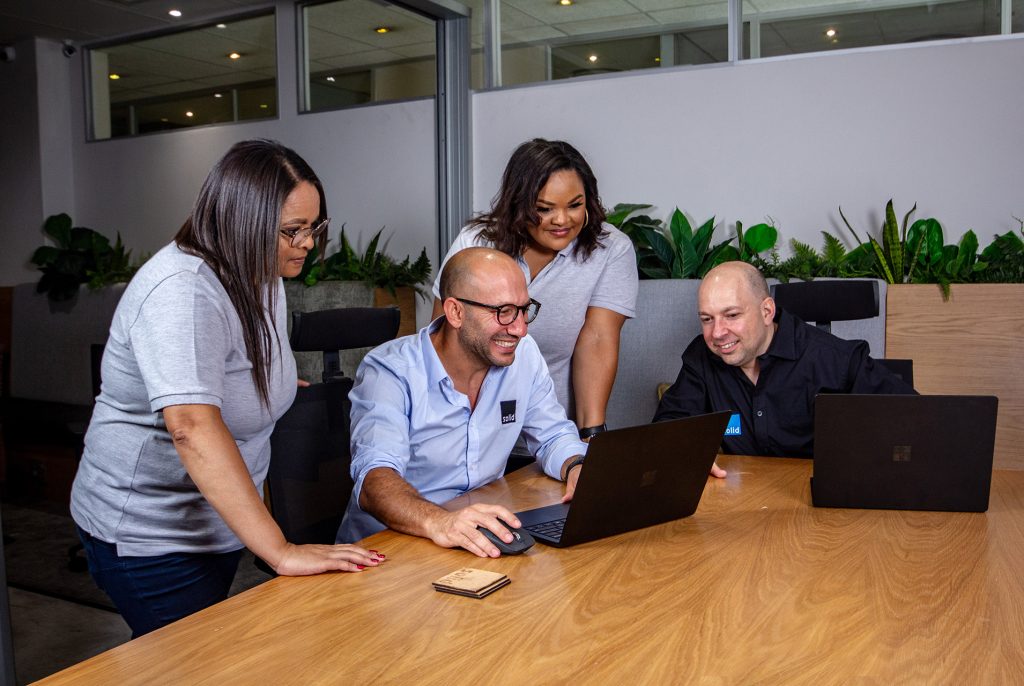
Should your teams work from home, or should they work from the office?
It’s a question that businesses have been asking themselves for at least the past three years. The pandemic of 2020 forced many hands – companies that wouldn’t have considered remote working as an option found themselves having to allow their teams to work from home if they wanted their operations to continue. And many of them have continued offering remote working as an option, recognising the flexibility that it allows their humans and reaping the rewards of an increase in productivity.
But remote working does have its drawbacks. It can be incredibly difficult for your humans to connect to colleagues, to the work that they are doing, to get the support they need when everyone is spread around the country or the globe. When your workforce is based in an office environment, on the other hand, there are humans all around to connect with, to gain knowledge from, to share stories and experiences with. But all that connection and sharing can easily take away from the work that needs to be done, seeing productivity and efficiency taking a backseat.
At SOLID, we like to embrace both sides of the coin in what’s come to be known as a hybrid work environment. Most of our humans come into the Cape Town and Joburg offices twice a week, giving them the opportunity to connect and learn from each other, while the rest of the week they get to work from home. And they love it!
This month, we’re looking at hybrid working, why it works, and offering some advice on how to make it a successful transition for your business.
What is the best part of hybrid working?

Ben says
I love that when I’m home, I can stand outside in the sun between tasks and meetings, and pet my two English bulldogs. But when I’m in the office, I love sharing amazing coffee with the other SOLID humans. There isa sense of connecting to one another on another level.

Irfaan says
The best part about working from the office is the ‘over the shoulder’ learning and teaching. We get to strengthen our bonds and become more of a family. And when I don’t commute, I save so much time and stress from the challenging Joburg traffic, and get to help with cooking.

Debbie says
The best thing about being hybrid is being able to save time travelling and sitting in traffic to and from the office. But I still get the advantage of seeing everyone and working alongside other humans, grabbing lunch together and connecting on those days when we are together.

Melinda says
Working from home allows me to ‘fill my cup’ – go to the gym, and spend time with my son.
It’s a less distracting setting where I can concentrate. When I’m in the office, I get quick responses and help from humans, and I love the watercooler talks that are part of our culture.
Tips From The Solid Blog
No more cubicles and cordoned off spaces. Hybrid environments embrace camaraderie of different teams sitting together in a shared (sometimes virtual) space.
Hybrid working is rising in popularity, and it’s easy to see why. It allows both businesses and employees to benefit from the best of both in-office and work-from-home worlds.
Businesses that embrace hybrid work environments often allow their humans to work from their own devices. But there are challenges in having personal devices connecting to your network.
When everyone is working off their own devices, it is difficult to keep track of who is using which apps, and even more difficult to control those apps and ensure that your business is protected.
Did You Know?
A ticket sent to Solid Systems support is received and triaged within 12 minutes.
Triaging consists of reviewing the ticket, editing it according to the nature of the problem or request, and setting the priority based on the impact on the client or business. The ticket is then dispatched to the technician who will best resolve the problem.
All tickets are responded to within your Service Level Agreement.









